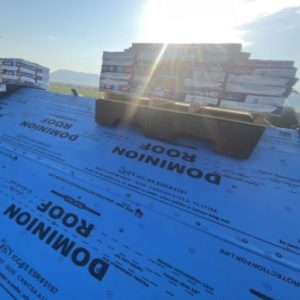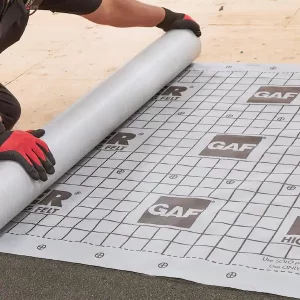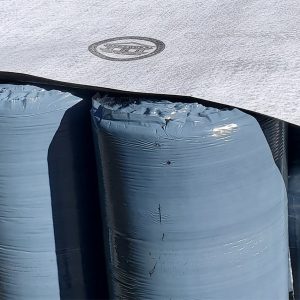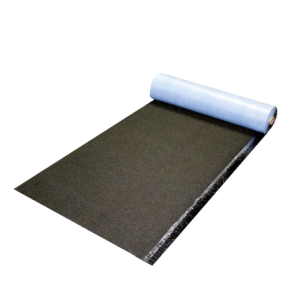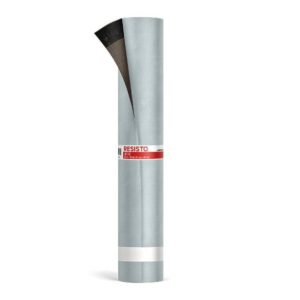Underlayment
Roofing underlayment is what lies between the shingles and the roof sheathing, or roof deck, which is typically either plywood or OSB. It’s installed directly on the roof deck and provides a secondary layer of protection from the elements, including rain, snow, and wind.
Roofing Underlayment is Necessary
Underlayment adds a necessary layer of protection to a roof. It safeguards shingles from high winds, protects the roof during the installation process should bad weather occur, meets required codes for roof installation, and protects roof deck from damage as a result of ice dams.
The three types of roofing underlayment are synthetic, self-adhered, and felt.
Synthetic Underlayment: This type of underlayment has become more popular over recent years. It usually consists of multiple layers of various polymers woven together. It is durable and tear resistant, offers more coverage per roll, creates a safe walking surface, and repels water.
Self-Adhered Underlayment: This underlayment is made from asphalt and rubber polymers, creating a water resistant material. It sticks to a roof deck and creates a durable seal. It is ideal to use self-adhered underlayment around chimneys, skylights, eaves, vents, and valleys.
Felt Underlayment: This underlayment is made from organic mat/paper that has been processed with asphalt, also making it water resistant. A heavier felt is commonly used during installation. Felt can also be layered to create the ideal amount of protection.
Showing all 6 results

